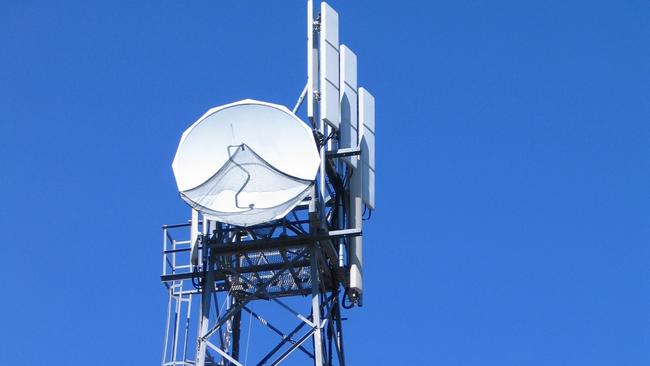NBN Co defends rural performance, flags upgrades
Chief executive Stephen Rue has responded to statistics that 10,000 users have deserted its Sky Muster satellite service in favour of services like Elon Musk’s Starlink.

NBN Co chief executive Stephen Rue has defended his company’s performance in rural Australia, following new statistics showing some 10,000 users have deserted NBN Co’s Sky Muster satellite services in the past year – some of whom have made the switch to rivals like Elon Musk’s Starlink.
NBN Co executives faced a fiery Senate estimates hearing late on Tuesday, in which Coalition senators questioned whether NBN Co’s Sky Muster service would essentially be made obsolete by other options like Starlink, which have proved attractive to some customers who were previously experiencing poor speeds.
Speaking to The Australian, Mr Rue pointed to a $750m investment program to improve NBN Co’s fixed wireless network and enhancements to its satellite product as reasons he was confident that regional users would stick with the government-owned company.
“We’ve continued to enhance our satellite product, and Sky Muster Plus enables customers to be able to have 16 hours of the day effectively unmetered. So the result of that is that a lot more data can be used by customers if they move to a Sky Muster Plus service,” Mr Rue said.
“We will continue to enhance our product capability on satellite. And by the way, we already provide a $0 professional install for premises. We already send a technician out where there may be a requirement for a customer to have an adjustment to their service, and our competitors don’t do that.
“There is ongoing work that we’re doing in the in the satellite space, but also the fixed wireless space to which will give a better service to people on satellite.”
Starlink, a satellite system owned by Elon Musk’s SpaceX, was launched in Australia in 2021 and offers unlimited data for $139 per month along with a hardware fee of about $900. Its speeds are similar to that of NBN’s 100Mbps plans.

On Wednesday NBN Co narrowed its losses and reported revenue up 4 per cent year on year to $2.6bn for the six months to December 31, 2022 and Mr Rue said the company was on track to meet its 2023 performance targets, buoyed by demand for higher speed plans.
Customers on plans with wholesale download speeds of 100Mbps came in at 21 per cent of all customers, up from 15 per cent a year earlier.
NBN Co posted average revenue per user – a crucial metric of the project’s financial viability – up 1 per cent to $47 thanks to the higher speeds, while earnings before interest, tax, depreciation and amortisation (EBITDA) was up by 20 per cent year on year to $1.8bn.
Capital expenditure came in at $1.4bn for the half, up 22 per cent, which NBN said was largely due to its full-fibre upgrade program.
More than 8.5 million premises are now connected to the network nationally. It posted a net loss after tax of $444m, from $857m a year earlier.
The company raised $2.6bn in debt during the half and repaid a further $875m of its Commonwealth loan, leaving an outstanding balance of $5.5bn.
“The importance of solid financial results is the ongoing growth of our business, and the maturity of our business as an operating entity means that we can continue to provide good customer service we can continue to compete for customers, and we can continue to invest in a network given people are going to need greater data over time,” Mr Rue said.
“The financials of our business are important because it provides the cashflows and also the ability for us to borrow the money we need to be able to do the ongoing enhancements to our network and to customer service.”
NBN Co is in discussions with retailers and the competition regulator about proposed pricing changes, which would come into effect in July.
Prices for voice-only access and speed tiers of 100 megabits per second and more would be reduced, but prices for the most popular speed tier of 50 Mbps would rise by $5 per month or about 11 per cent – a move that would likely encourage Australians to choose higher-speed plans.
If adopted, 100 Mbps plans would likely only be about $5 more expensive than 50 Mbps plans.



To join the conversation, please log in. Don't have an account? Register
Join the conversation, you are commenting as Logout